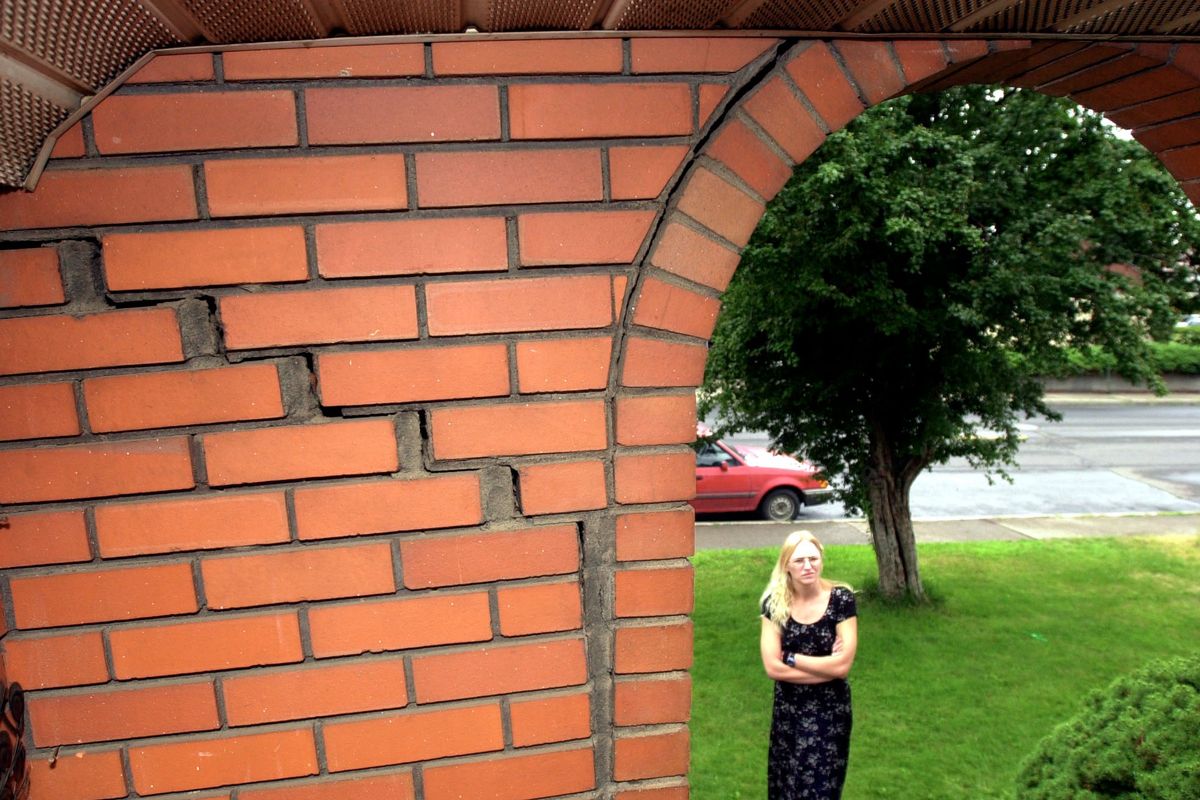How prepared is Spokane for a big earthquake?

Many of Spokane’s buildings, particularly the ones made of brick, are not built to withstand a strong earthquake.
Luckily, while the risk of a powerful earthquake in the region is not fully understood, it at least appears to be exceedingly unlikely.
The interaction of the earth’s tectonic plates can cause earthquakes in various ways. With the Cascadia Subduction Zone, one tectonic plate is slipping under another, which can stick and then very violently get unstuck. The recent earthquake in Turkey and Syria was caused by two plates slipping against each other.
But Spokane is hundreds of miles inland, well within the North American Plate. Fault lines, like the one running underneath the city, are caused by plate compressions when pulled apart and twisted by its neighbors.
All of these complicated plate movements cause Washington state to rotate around a point on its eastern side near Spokane, said Corina Allen, chief hazards geologist for the state Department of Natural Resources.
But not all fault lines are created equally. The Spokane Fault appears to be a relatively small geological feature, and researchers haven’t found evidence of large earthquakes in the area’s history, said Chad Pritchard, geosciences professor Eastern Washington University.
The fault was only discovered after a series of unsettling but relatively small earthquakes in 2001, the largest being a 4-magnitude tremor on Nov. 11, prompting researchers with the U.S. Geological Survey to study the area.
But the risk of a large earthquake in the area appears to be minute, Pritchard added. Building codes in the area are designed for 5 to 5.5 magnitude earthquakes, which seems to be well above what the Spokane Fault can produce.
“I think our biggest risk is if Cascadia goes off and everyone has to come over here for medical aid,” Pritchard said.
But that does not necessarily mean the area is without risk, said Gerry Bozarth, disaster recovery and mitigation specialist with Spokane County Emergency Management.
The scientific understanding of earthquake risks is constantly evolving – the Cascadia Subduction Zone was not well understood until the 1990s, and the Spokane Fault wasn’t even discovered until the 2010s – and many questions remain , Bozarth said.
“We don’t have any good historical models of when this happened in the past,” he said. “There’s no actual record of that for us to say, we think every so many hundreds of years, that we might have an X magnitude earthquake on the Latah fault.”
The Latah fault runs along the west side of Spokane, including along Latah Creek. The Spokane Fault runs northwest from Browne’s Addition, crossing multiple neighborhoods just north of the river.
If a major earthquake unexpectedly struck the region, many older buildings would be ill-prepared to withstand the tremor, Bozarth said.
Almost all brick buildings that are older in Spokane are not reinforced, he added, and while efforts are underway to harden those types of buildings on the West Side, where the seismic risks are better understood, similar efforts haven’t happened locally.